Whilst wintertime might make humans and horses shiver with cold, the condition known as equine shivers has nothing to do with the weather.

The name “equine shivers” (ES) comes from the classic presentation of a horse seen to be shaking and trembling when asked to back or hold up a hind limb. ES is a chronic neuromuscular disease that has been present in the horse population for centuries, with little known about its aetiology (what causes it) until relatively recently.
ES is a slowly progressive disease seen predominantly in the heavy breeds such as Belgian Draught Horses, Warmbloods, and other draught breeds. Thoroughbreds can also be affected, as can some lighter breeds like harness horses, Quarter Horses and hunters. Most cases are in horses over 16.3 hands, with male horses five times more likely to get the disease than females.
It is a disease that can slowly progress to a stage where the quality of life is significantly affected, and euthanasia is required. In some cases, it can remain relatively static for the duration of the horse’s life, causing minimal disruption to the horse’s performance; but it rarely improves and no cure is available.
Most horses display clinical signs of ES by the age of five years; some show signs as early as two years of age, but usually all horses affected with shivers will show clinical signs by the age of 10.
The condition can affect one or both limbs, and anecdotally, the off hind appears to be more affected than the near hind, although there is no evidence to support this.
The exact cause of ES is currently unknown but extensive research has located the site of the damage to a small, focused area of the brain that is deep within the cerebellum. The cerebellum is a part of the brain that sits just behind the larger cerebrum and just in front of the brainstem inside the skull. The cerebellum is responsible for co-ordination and fine motor control of voluntary movement, and injury to this site usually results in abnormalities associated with movement.
Research on the affected brains of ES sufferers shows that Purkinje cells (a type of nerve cell) found in a specific site in the cerebellum, had 80 times more degenerative changes than the same cell type in the brains of non-ES horses. The reason why these cells were selectively damaged has not been found yet, but some involvement of a genetic component to the disease is suspected. No evidence of a gene mutation has been identified, but further research into the cause of ES is continuing. No lesions have been found in the muscles of the hind limbs or in the nerves that take information to and from these limbs.
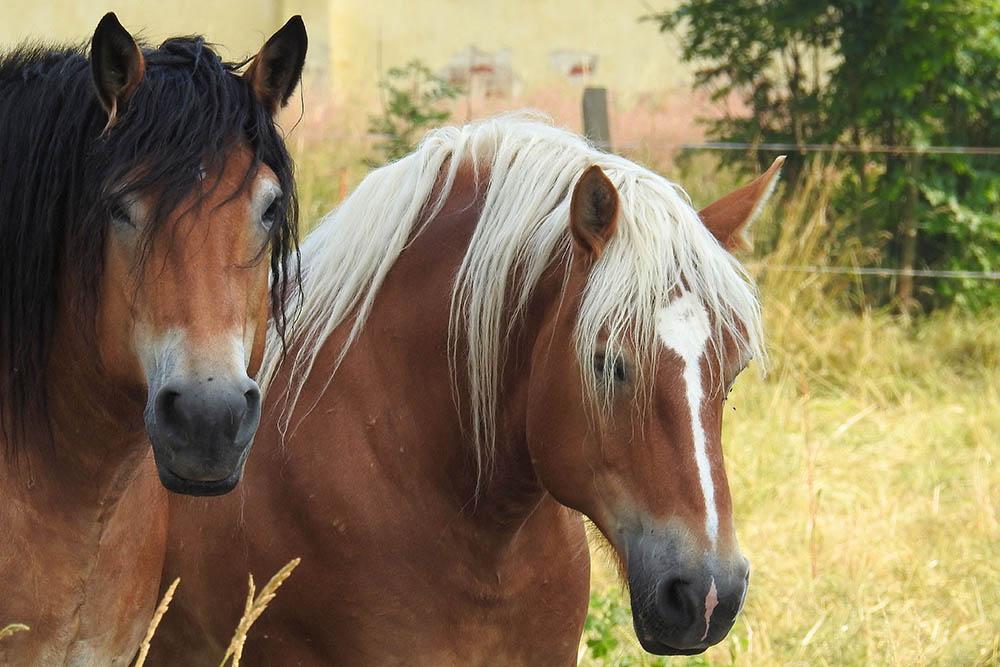
‘SAWHORSE’ STANCE
ES horses demonstrate sporadic, abnormal hind-limb movements when backed up. This can vary from holding the limb up and away from the body to overextending the leg and standing with the hind legs straight out behind, in a “sawhorse” stance. There is associated twitching and jerking of the hind-limb muscles and the tail is held erect as the limb is hyper flexed. These symptoms may also be seen when the horse is asked to move forward after standing still for a period, but usually the abnormal limb movements are only seen for a couple of strides.
A prolonged hyperflexion of the hind limb is often elicited when the leg is picked up, and this makes trimming or shoeing the horse exceedingly difficult for the farrier. Affected horses are reluctant to pick up their hind leg when asked and will commonly lift the opposite leg to the one being asked for (they will lift and hyperflex the RH limb when you are trying to lift the LH limb). This refusal to lift their hind limbs should not be confused with horses that simply do not want to lift a hind leg for other reasons (pain or behavioural), or horses that hold the leg flexed for an extended period due to an unrelated issue (pain).
Horses may show hyperflexion following specific movements such as stepping over an object or turning in tight circles, however, they must demonstrate signs whilst backing up to be classified as having ES. The clinical signs are reported to be more exaggerated when the horse is excited or stressed, during cold weather, or when the horse moves over different ground surfaces.
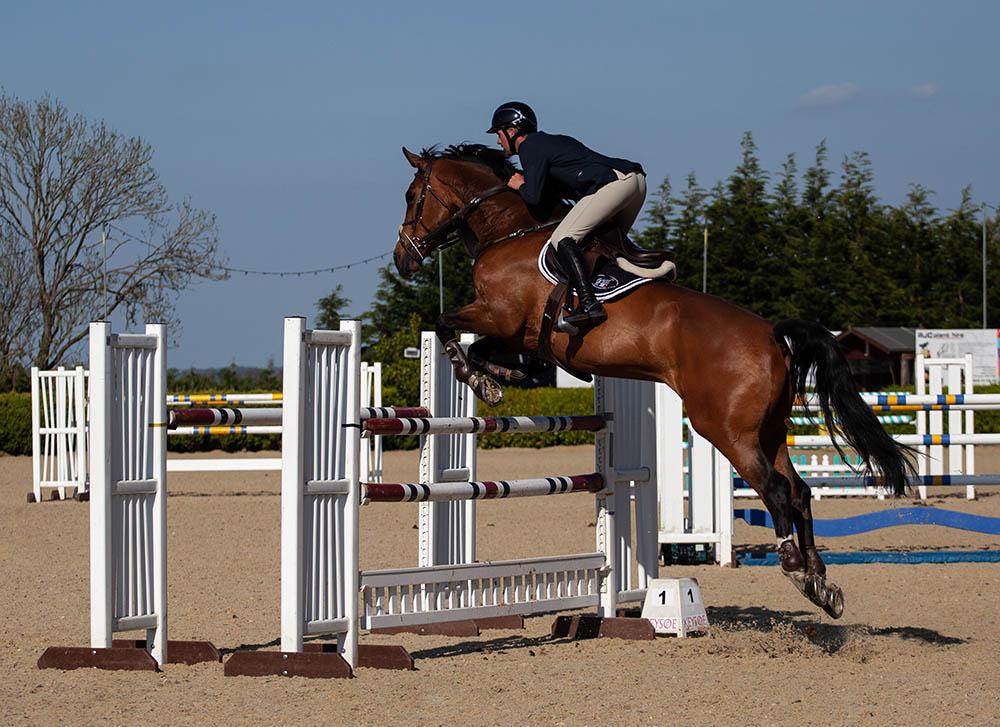
“Backing is not a natural gait,
it is a learnt action.”
As the disease progresses, muscle trembling and hyperflexion can be seen with the horse walking forward and can result in the horse refusing to back or move forward. Some horses will develop muscle atrophy (loss of muscle mass) and weakness that progresses to the extent that performance is negatively affected.
Interestingly, ES horses can trot, canter and jump without exhibiting signs, and this is attributed to these gaits being normal gaits that are hardwired into the brain from birth (a newborn foal automatically knows how to rise, walk and trot).
Backing is not a natural gait, it is a learnt action. The brain needs to learn how to co-ordinate its muscles and joints to produce backing movement; likewise, a horse needs to be taught to lift a hind leg when asked by its owner. Asking the horse to perform these manoeuvres involves the brain utilising voluntary motor control to achieve the action, therefore these movements are negatively affected by damage to the cerebellum (as stated above, the cerebellum is responsible for the fine motor control of voluntary movement). The area of nerve damage in the cerebellum is small and extremely specific in its location, hence the clinical signs displayed with ES horses are quite specific. Conditions that damage the entire cerebellum or affect other areas of the cerebellum will result in the horse displaying quite different clinical signs.
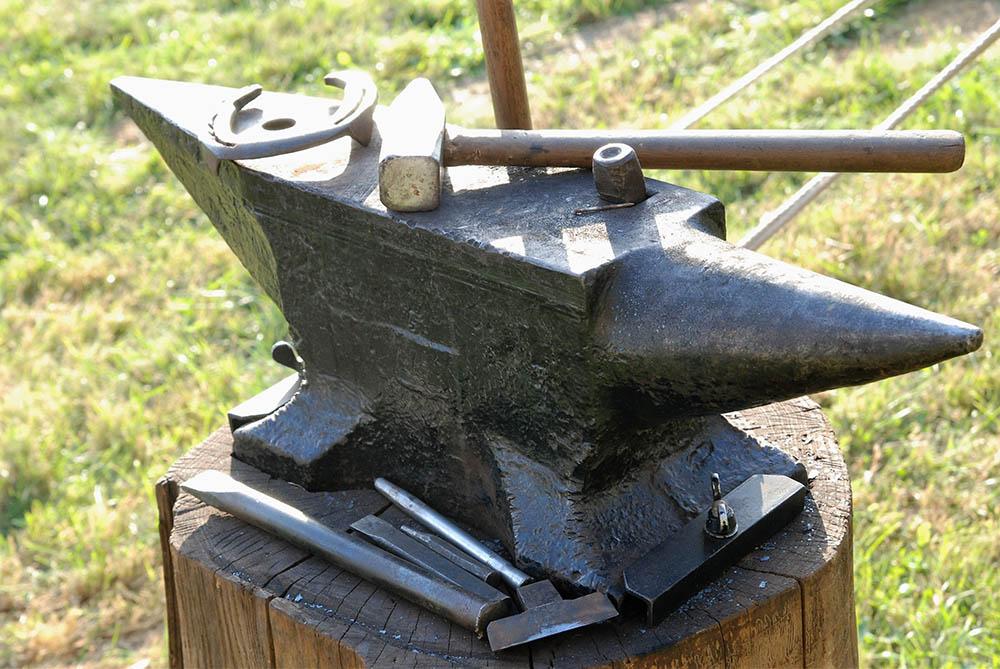
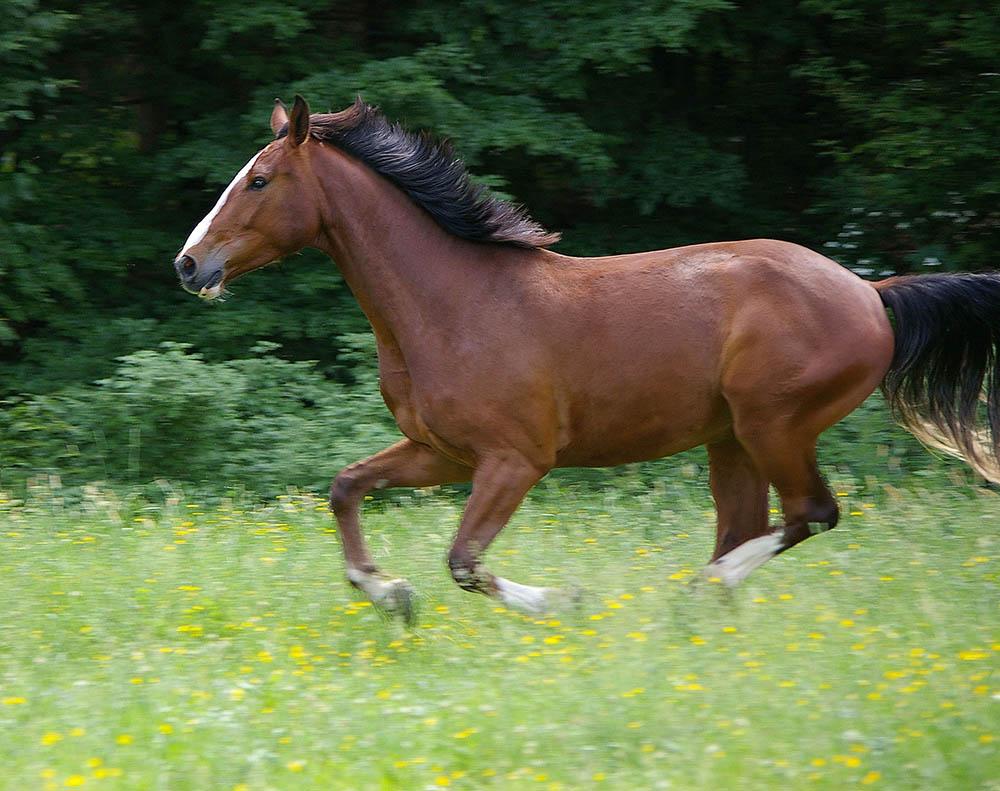
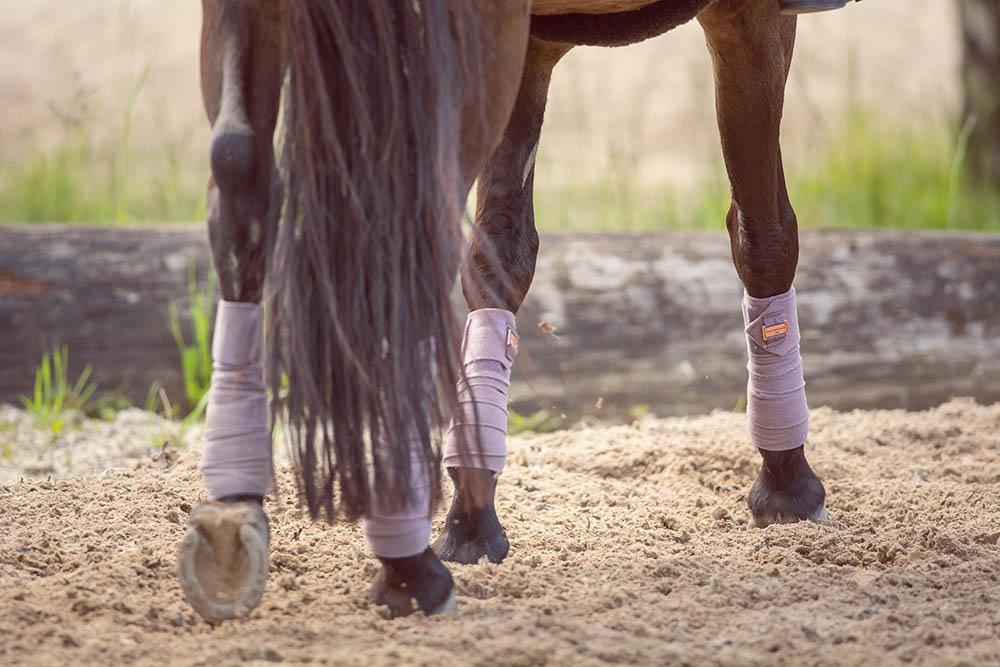
SURFACE ELECTROMYOGRAPHY
Scientific research utilising surface electromyography, which is capable of depicting muscular activity in the hind limbs when standing and at the walk, has identified that horses diagnosed with shivers lack the co-ordination of muscular activity in the hind limbs when certain movements are initiated. In non-ES horses, muscles responsible for flexing the leg would contract while the opposing muscles responsible for extending the leg would relax. As the leg is extended, the muscles controlling joint movement switch in their activity so the muscles responsible for flexing relax, and those responsible for extension contract.
In horses suffering with ES, both muscle groups fire at the same time, resulting in contraction of both extensor and flexor muscles, seen clinically as a quivering or trembling of the limb in either a hyper-flexed or hyperextended position. The continued contraction of the muscle groups is uncomfortable for the horse and potentially mimics the cramping pain we feel in our muscles when overworked, and may explain the reluctance of horses to want to back or lift their hind limbs. The reason why this response is triggered by backing or lifting the hind limb, or why the same signs are not usually seen when trotting, is still to be determined.
There is currently no blood test available for the diagnosis of ES, however, should a genetic basis for shivers be discovered in the next few years, using DNA from hair samples, such as what occurs with other genetic disorders, is a realistic possibility. Diagnosing ES is usually based on the observation of the typical clinical signs described when the horse is backed, or the hind limb lifted, and the lack of signs when the horse is trotting or jumping.
It is important to eliminate other causes of hind-limb gait anomalies such as lameness (both pain-related and that due to mechanical impediment to movement), and neurological disorders causing sensory and proprioceptive deficits. This may require a veterinarian to fully assess the horse, performing a lameness work-up and a neurological examination. In theory, it would be possible to use an EMG to assess the flexor and extensor muscles in the hind limb to look for this lack of co-ordination between muscle groups, however, this would not be practical for most owners as it is not a piece of equipment readily available to most veterinarians.
One of the main differential diagnoses for shivers is often cited as stringhalt, however, when observed together they are vastly different in appearance. Shivers is seen intermittently when backing and occasionally when walking forward but is not seen at the trot, whereas stringhalt is seen consistently at the walk and the trot. Furthermore, the hind limb of shivers patients when hyper-flexed is well abducted (moved away), from the body of the horse, whereas the hyper-flexed hind limb of a horse with stringhalt is generally held right under the belly.
SYMPTOM MANAGEMENT
There is no cure currently available for ES, although many therapies have been tried to manage the symptoms. These include sedatives, herbal remedies, diet changes, acupuncture, and chiropractic manipulation. There have been suggestions that low starch/sugar diets help but there is no evidence to support this. However, the success of this treatment may have been attributable to some heavy draught breeds also having the metabolic condition polysaccharide storage myopathy (PSSM) that also affects muscle cells and is improved by diet manipulation.
Adequate vitamin E levels are promoted as beneficial for ES and this relates to the antioxidant properties of this vitamin and its role in maintaining neurological function and, whilst not a cure, vitamin E may offer some advantage to the horse.
The similarities to the human condition, Parkinson’s disease, did prompt researchers to try using L-dopa (a medication used to treat Parkinson’s disease) but it had no effect on reducing the muscle tremors in ES patients.
Anecdotally, it appears that horses are more likely to deteriorate if they are spelled or left idle in stables, so keeping them in work or maintaining some form of exercise regimen is recommended to prevent deterioration in clinical signs. Stress levels should be minimised and if possible sedation should be used to relax the horse before anticipated times of stress such as when the farrier is due or the horse is transported.
There has been much learnt about ES in the last decade but there are still a lot more answers to discover. Research is continuing and hopefully over the next decade more answers will be found so that either the condition can be managed better, or ideally a cure found. If ES does prove to be a genetically heritable disease, it opens the door for not only better diagnostic tools to be manufactured, but also the possibility that with responsible breeding we can reduce the incidence of shivers in the future. EQ
YOU MIGHT ALSO LIKE TO READ THE FOLLOWING BY DR MAXINE BRAIN:
Heads up for the Big Chill – Equestrian Life, June 2021
The Ridden Horse Pain Ethogram – Equestrian Life, May 2021
The Benefits of Genetic Testing – Equestrian Life, April 2021
Heavy Metal Toxicities – Equestrian Life, March 2021
Euthanasia, the Toughest Decision – Equestrian Life, February 2021
How to Beat Heat Stress – Equestrian Life, January 2021
Medicinal Cannabis for Horses – Equestrian Life, December 2020
Foal Diarrhoea Part 2: Infectious Diarrhoea – Equestrian Life, November 2020
Foal Diarrhoea (Don’t Panic!) – Equestrian Life, October 2020
Urticaria Calls For Detective Work – Equestrian Life, September 2020
Winter’s Scourge, The Foot Abscess – Equestrian Life, August 2020
Core Strengthening & Balance Exercises – Equestrian Life, July 2020
The Principles of Rehabilitation – Equestrian Life, June 2020
When is Old, Too Old? – Equestrian Life, May 2020

